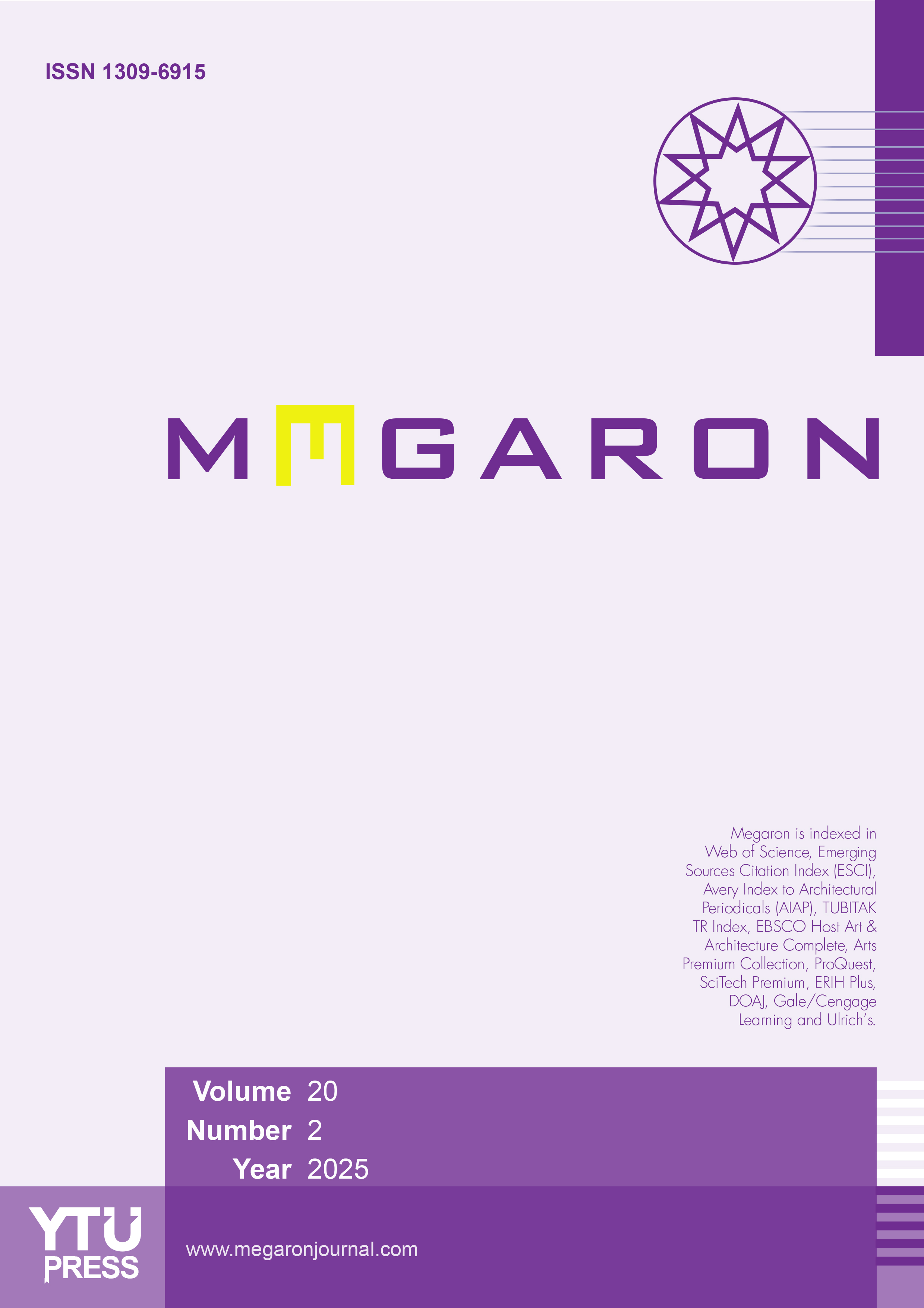Variation of the room modes and impulse response according to surface absorption properties in a non-rectangular room
Murat Tıraş, Mehmet Nuri IlgürelDepartment of Architecture, Yıldız Technical University, Istanbul, TürkiyeDetermination of room mode frequencies and shapes in rectangular rooms can be done using calculation methods. Simple calculations cannot be made for non-rectangular rooms and the room must be simulated. In this study, the effects of 4 different acoustic designs on room modes and room responses were investigated using a fan-shaped room with a volume of 85 m³. The absorption coefficients of the acoustic materials used were calculated based on the reverberation time values obtained as a result of field measurements. T30, EDT, C80 and room response measurements made in the field in accordance with ISO 3382 and ISO 18233 standards and ANSYS modal Data was obtained as a result of comparing the room modes and shapes found with the Finite Element Method (FEM) using the acoustic module. It has been found that if the absorption coefficients of the acoustic devices to be used in the room are greater than 0.5, the room mode shapes and frequencies in the relevant frequency band change, and as a result, the room response becomes smoother. It has been observed that the peaks in the room response in a certain frequency band can only be smoothed out with sound-absorbing materials with an absorption coefficient greater than 0.5 in that frequency band. It has been evaluated that the absorbers, which will be effective in the frequency bands left by the room modes in the room response, will pull these bottom regions lower.
Keywords: ANSYS modal acoustic, Finite element method (FEM), ISO 18233, ISO 3382, room impulse responseManuscript Language: English








